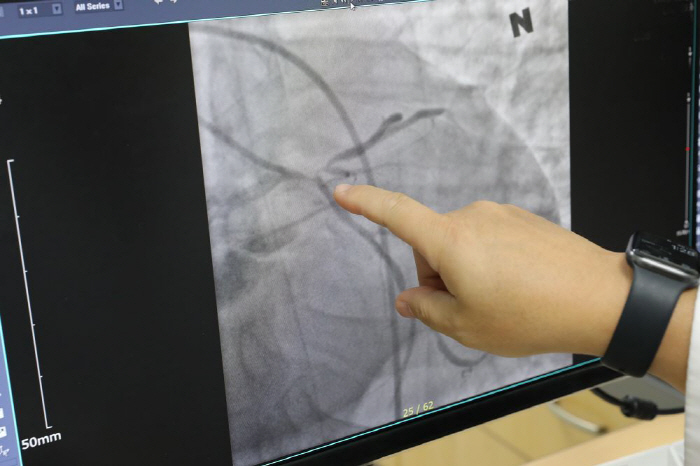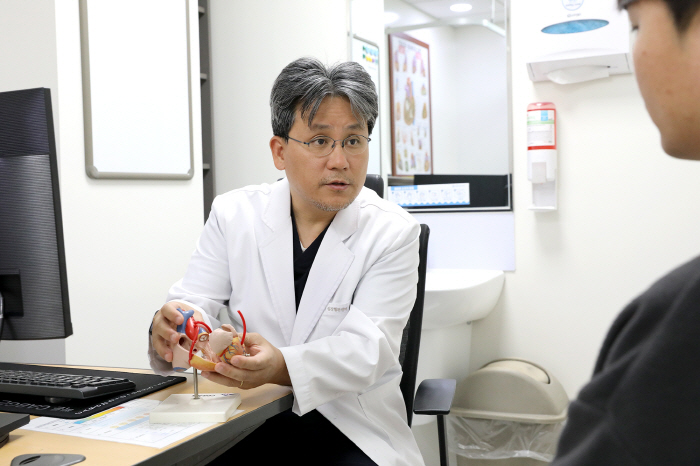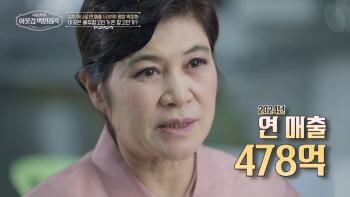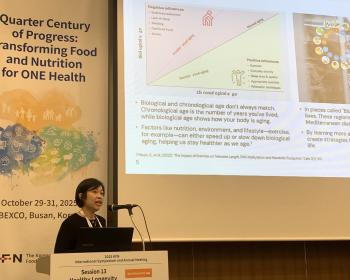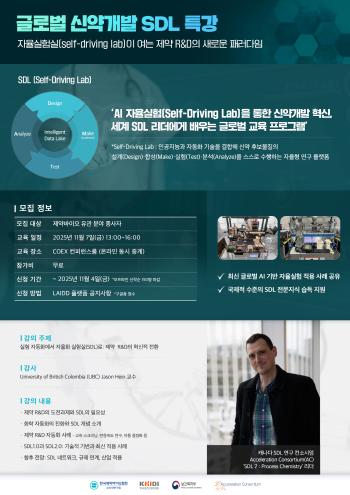It depends on the survival rate of heart attack patients and when ECMO is used
Mar 07, 2025
|
ECMO is a device that pumps blood out of the body, supplies oxygen, removes carbon dioxide, and sends it back into the body. It is used to assist heart and lung function in patients with severe heart failure or respiratory failure.
The study analyzed 207 patients who used ECMO out of 1247 patients treated for cardiac shock (heart attack) combined with myocardial infarction at 12 hospitals in Korea from 2014 to 2018.
The research team compared the 30-day survival rate by dividing it into a group (89) that underwent coronary intervention (PCI) after applying ECMO treatment first after heart attack and a group (118) that used ECMO after PCI first or during the trial.
As a result of the study, patients who used ECMO within 100 minutes of heart attack had a higher survival rate in the group who underwent PCI first. On the other hand, patients who used ECMO 100 minutes after heart attack had a higher survival rate in the group who applied ECMO first.
These results suggest that the same treatment regimen cannot be applied to all patients, and it is important to determine the timing of ECMO use considering the patient's condition and shock duration.
The present study shows that ECMO and coronary intervention (PCI) application order can have a significant impact in establishing treatment strategies for patients with cardiac shock (AMI-CS) due to acute myocardial infarction. In particular, it has been confirmed that applying ECMO first is likely to be effective in improving survival rates if low flow to tissues or organs persists.
Professor Sungwook Kwon explained, "The longer the shock duration is, the first application of ECMO can help stabilize blood circulation and prevent organ damage."In order to increase patient survival and maximize ECMO effect, strategic application considering the timing of shock and patient condition is necessary."
The research team plans to analyze more data in the future to develop customized treatments for patients, and through this, hospitals are expected to come up with a faster and more optimized ECMO application strategy.
The findings were published in the latest issue of the Journal of the American Heart Association (JACC).
|
This article was translated by Naver AI translator.
